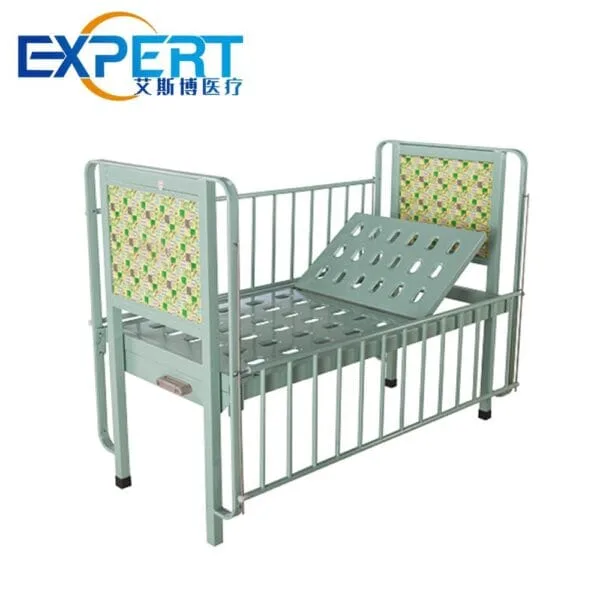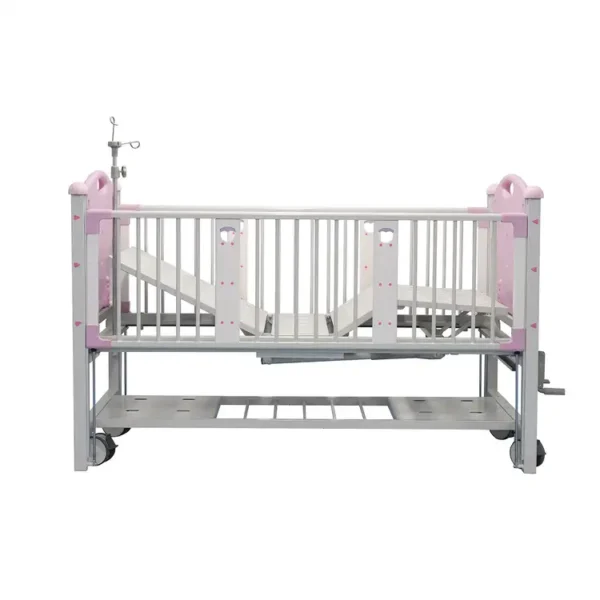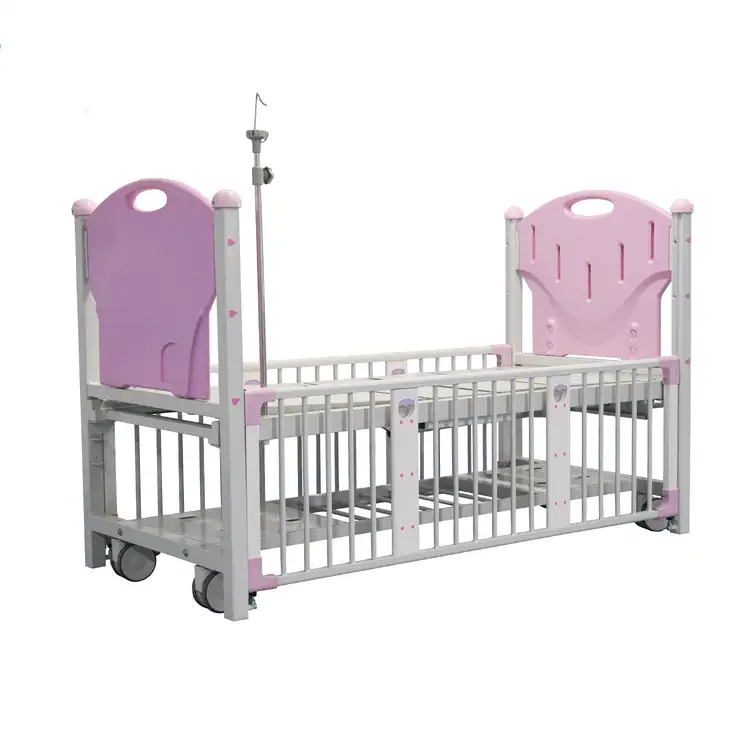Indirizzo
304 Il cardinale nord S.
Dorchester Center, MA 02124
Ore di lavoro
Dal lunedì al venerdì: 7:00 - 19:00
Fine settimana: 10:00 - 17:00
Benvenuti nel mio blog!
Prima di addentrarci nei contenuti, se sei interessato ai nostri prodotti o hai domande, non esitare a visitare il nostro Contattaci pagina sul sito web. Il nostro team è pronto ad assisterti con richieste, ordini o qualsiasi supporto di cui potresti aver bisogno.
Ora, iniziamo il nostro viaggio insieme. Spero che troviate i contenuti qui presenti interessanti, coinvolgenti e preziosi.

I letti medici pediatrici sono progettati per soddisfare le esigenze specifiche dei bambini in contesti sanitari. Sono solitamente più piccoli dei letti per adulti e hanno caratteristiche che aiutano a garantire la sicurezza e il comfort dei giovani pazienti.
There are many different types of pediatric medical beds available, each designed for a specific purpose. Some common types of pediatric beds include:
Le dimensioni standard dei letti medici pediatrici variano a seconda del tipo di letto e dell'età del bambino. La seguente tabella fornisce una panoramica generale delle dimensioni standard dei letti medici pediatrici:
| Tipo di letto | Fascia d'età | Dimensioni standard |
|---|---|---|
| Culla | 0-3 anni | 52 pollici di lunghezza x 27 pollici di larghezza |
| Letto per bambini più grandi | 3-12 anni | 60 pollici di lunghezza x 36 pollici di larghezza |
| Letto speciale | Varia | Varia |
Pediatric medical beds have a number of features that are designed to ensure the safety and comfort of young patients. Some common features of pediatric beds include:


Pediatric medical beds are an important part of healthcare for children. They provide a safe, comfortable, and supportive environment that can help children to heal, sleep better, and feel better overall.
I letti medici pediatrici sono una parte importante dell'assistenza sanitaria per i bambini. Forniscono un ambiente sicuro e confortevole per i giovani pazienti e possono aiutare a migliorare il processo di guarigione.
Quali sono i diversi tipi di letti medici pediatrici?
There are many different types of pediatric medical beds available, each designed for a specific purpose. Some common types of pediatric beds include cribs, beds for older children, and specialty beds.
Quali sono le dimensioni standard dei letti medici pediatrici?
The standard sizes of pediatric medical beds vary depending on the type of bed and the age of the child. A general overview of the standard sizes of pediatric beds is provided in a table above.
Quali sono le caratteristiche dei letti medici pediatrici?
I letti medici pediatrici hanno una serie di caratteristiche progettate per garantire la sicurezza e il comfort dei giovani pazienti. Alcune caratteristiche comuni dei letti medici pediatrici includono altezza regolabile, sponde laterali regolabili, un materasso che può essere sollevato e abbassato e un sistema TV o di intrattenimento integrato.
Quali sono i vantaggi dei letti medici pediatrici?
I letti medici pediatrici offrono una serie di vantaggi per i bambini in contesti sanitari. Questi vantaggi includono maggiore sicurezza, maggiore comfort e migliore guarigione.
Come scegliere il letto pediatrico giusto?
Quando si sceglie un letto pediatrico medico, è importante considerare le esigenze del bambino e l'ambiente sanitario. Alcuni fattori da considerare includono l'età del bambino, il tipo di condizione medica e le caratteristiche del letto.
